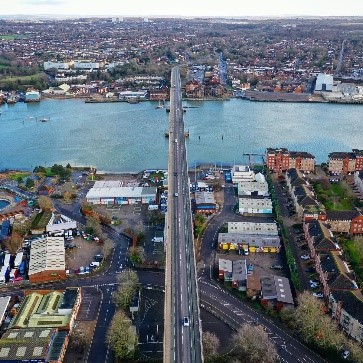Tuesday 12th January 2021
If you need any help or support today email Mrs Chandler: rchandler-persaud@four-elms.kent.sch.uk
Hope it all goes well! :)
|
Time |
Learning |
||||||||||||||||
|
9-9:30 |
TT Rockstars – 2 studio sessions and 2 sound checks before you go onto garage. Don’t forget you can challenge me and I will be challenging you too! If you are a Lexia pupil, please use this time to complete your Lexia for the day. I will be checking and sending out certificates as you achieve them. |
||||||||||||||||
|
9:30 – 10.30 |
Maths
LO: to know what a time graph is, how to draw one accurately and understand the data that can be represented using one SC1: I can say if data is discrete or continuous. SC2: I can decide if data should be presented in a bar chart or time graph SC3: I can interpret and answer questions about data presented in bar charts and time graphs. Sunflower Heights: Using the sunflowers displayed on the Lesson Presentation, rehearse reading a partially numbered scale to complete a table of data showing the height of each sunflower. Think about what the best way is to present the table of data from the previous activity graphically. Identify that the height of each sunflower is continuous data but we are only collecting one piece of information about each sunflower which is discrete. Due to the fact that each sunflower’s height is unrelated, the best way to visually compare each height is as a bar chart. Use the displayed bar chart of the data to answer the given questions.
Growing Runner Beans: think about what the best way is to graphically represent the table of data shown on the Lesson Presentation, which shows the height of a bean plant measured every day for two weeks. First identify that the height of the bean plant is continuous data. It is continuous data because we are measuring the height of one plant and seeing how it grows. The height has been measured over time. Therefore the data should be presented as a time graph so that the change in height over time can be shown. Time Graphs: Use the step-by-step instructions and animated diagrams shown on the Lesson Presentation to work through with me how to draw a time graph of the data. Then answer the questions shown on the Lesson Presentation about the time graph from the previous activity.
Strawberry Plant Challenge: have a look at the table of data shown on the Lesson Presentation, which shows the height of two strawberry plants measured every day for one week and what a time graph showing the data would look like. The time graph has two lines of data: one for each plant. Look at the time graph of the data on the next slide and the use of a key/legend to identify the different sets of data. Let’s look at how to answer a question comparing the two sets of data by reading the graph correctly. Activity: First complete the activity sheet for your challenge level. Choose your challenge and complete the questions given. Make sure you think carefully about which challenge is most appropriate for you. If you are finding it too easy then move onto the next challenge. Then complete the reasoning questions about the graphs (these are on a separate sheet). Think carefully about your answers and explaining why you think something. Again, the questions are differentiated to you chilli challenge levels so page 1 is green, page 2 is orange and page 3 is red. The answers are on a separate sheet. Finally identify your SCs in your work and let me know if there is anything you found challenging or that you didn’t understand. |
||||||||||||||||
|
10:30-11:00 |
Break time/snack time Exercise – e.g. mindfulness yoga, fresh air in the garden, run up and down the stairs seeing if you can get faster every time! Yu need to keep your body active so that your brain can keep active too. |
||||||||||||||||
|
11:00 – 12.00 |
Geography Project
LO: to understand what geographical information is important to find for a descriptive passage about a country SC1: I can choose 4 countries that are differing in location, climate and physical geography SC2: I can research the weather patterns and climate of the countries SC3: I can find our key information to inform a description about a country We have swapped around geography and English for the next few days as our geography lesson will be used to research the information we will need to be able to do our descriptive writing. Our outcome for this learning experience is to write descriptive paragraphs about the places Michael visits using literary devices. In order for us to be able to do this we need to have accurate geographical information to inform our writing. For example, if we are describing Cape Verde and start talking about cold and snow people are going to be very confused. There are too many places that Michael visited for us to be able to describe all of them in the time we have (including editing and revising our work to make it the best it can be). Therefore I want you to choose 4 places that you want to write about. Try to choose places that you haven’t been to so that the information you research is teaching you something new. Try to make the places be in different parts of the world too to try and create some variety. You can choose how you collate/present this information but it needs to be easily accessible and be useful to your writing. Make sure you find a picture of each place to accompany your notes as this will help you to visualise what you are describing. Of the 4 places you have chosen you are going to research 2 today and 2 tomorrow. In the afternoons you will be writing your descriptive paragraphs. On Thursday you will have a go at editing and improving you writing, hopefully with the help of someone at home but if not I have some tips to be able to help you. Finally, on Friday you will doing your final outcome, publishing it and sending me photos to put up on the website. Have a look at one of my examples of the research to help you if you are struggling to get started.
|
||||||||||||||||
|
12:00- 1:00 |
Lunch |
||||||||||||||||
|
1.00 – 1.15 |
Wellbeing Year 3: Dear Year 3, Year 4: Dear Year 4, |
||||||||||||||||
|
1:15- 2.15 |
English
LO: to understand how to effectively use literary devices together to create an effective description SC1: I can use expanded noun phrases and adverbial phrases effectively SC2: I can use emotive language and the 5 senses to create imagery SC3: I can use similes, onomatopoeia and personification SC4: I can use a range of literary devices effectively to create powerful imagery for the reader There are a few things I want you to do before you start writing.
Imagine you are in your particular setting. Close your eyes and move around your setting as if you were there. Plan a paragraph to describe your setting. Make a list of what you see, hear and smell in your setting. Think of an adjectival phrase, a simile and some personification to describe your setting or the things in your setting. Think of something in your setting you could give human characteristics to (personify) and something you could exaggerate for effect. Using your ideas, write your own descriptive piece. Write in complete sentences. Try to use varied and expressive vocabulary: lots of descriptive adjectives, interesting verbs and adverbs to describe how things are being done. Perhaps you could even use onomatopoeia and emotive language to really draw your reader in. My example:
As I came to the edge of the golden sand-lined coast, stretching out above me was a beautiful, glowing city. I disembarked from our boat and felt the cold hard ground beneath my feet and its stability was reassuring. The city’s lights lit up the cloudy sky, like a magical pink flame. Beyond the city, in the distance, were the mountains and the sea. The sea looked gentle and peaceful and it spread as far as the eye could see. The mountains bordered the city, protecting it. There were towering skyscrapers which shimmered in the midnight sky; they were lit up like Christmas trees. People’s homes looked tiny in comparison! The lights went on for miles. The main building that stood out was the Olympic stadium; its lights dazzled like diamonds in the sky. The city was sleepless. The gigantic stone man that seemed to reach the sky, was a truly magnificent sight to behold as I drew closer and closer. I could hear the honking of the traffic and the chanting of the people. I could taste the herbs and spices floating through the air from the street food vendors who lined every inch of the market place. The exotic smells danced through the air and ignited my senses. I couldn’t wait to be a part of the bustling excitement in the city. See how you get on and email if you need any help or you are struggling. You can always catch up tomorrow if you don’t get 2 places completed in this session. |
||||||||||||||||
|
2.15 – 2.30 |
Assembly
|
||||||||||||||||
|
2.30 – 2.45 |
Story Time – Kensuke’s Kingdom (next chapter for guided reading)
|
||||||||||||||||
|
2:45 – 3.15 |
Guided reading Chapter 6: Abunai! Activity: 1. How many time connectives can you find in this chapter? Make a list and then choose 3 to use in sentences of your own. 2. Can you think of 5 ways to help Michael keep his spirit up when he starts to feel lonely and homesick on the island? Comprehension: Where did Michael build his Beacon? How did Michael feel when the tanker disappeared from sight? What is the main problem in this chapter? Can you find 3 good words to describe Michael’s attitude? How does the last sentence make you feel? How do you think Kensuke ended up on the island? |
||||||||||||||||

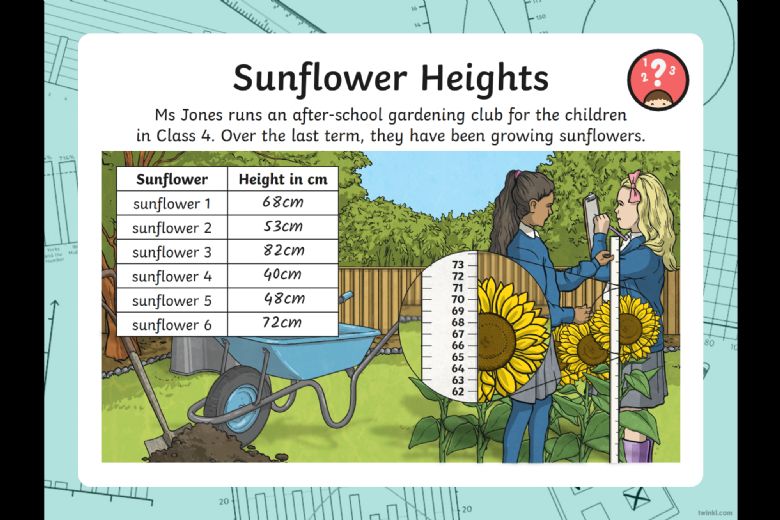
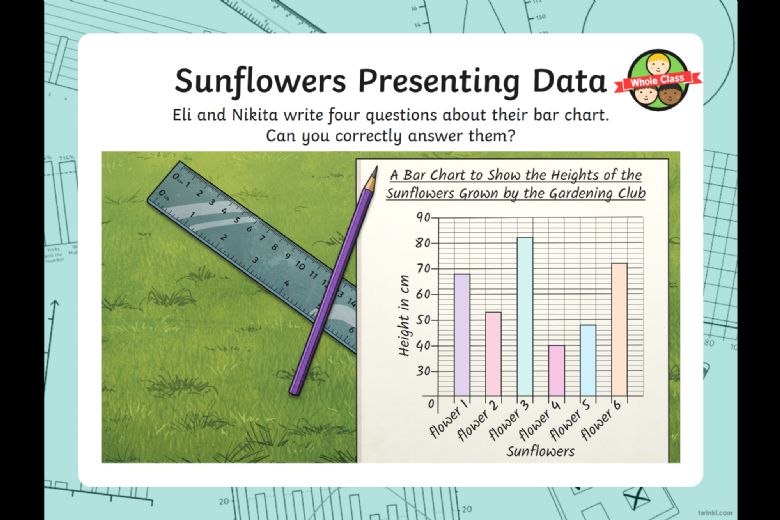
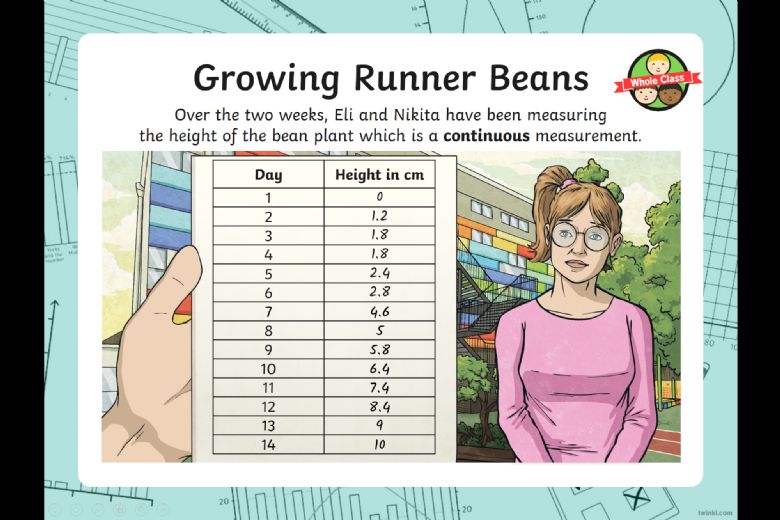
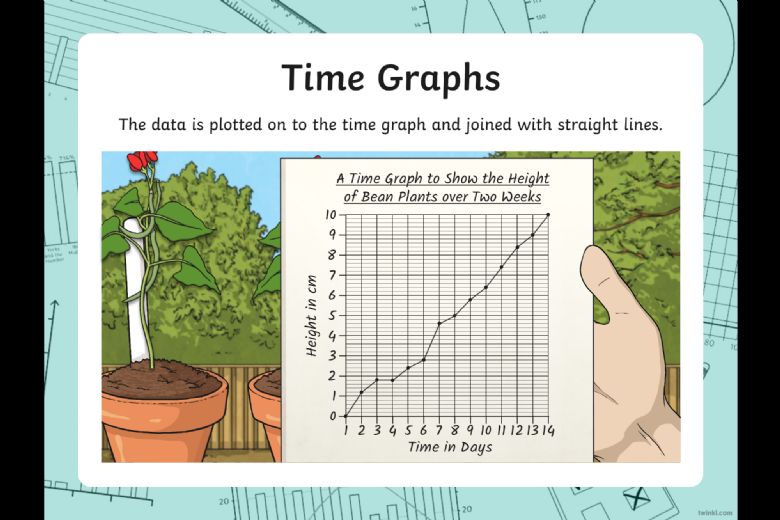

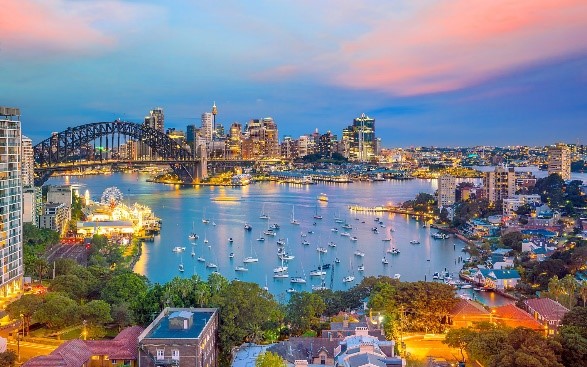 Sydney - Australia
Sydney - Australia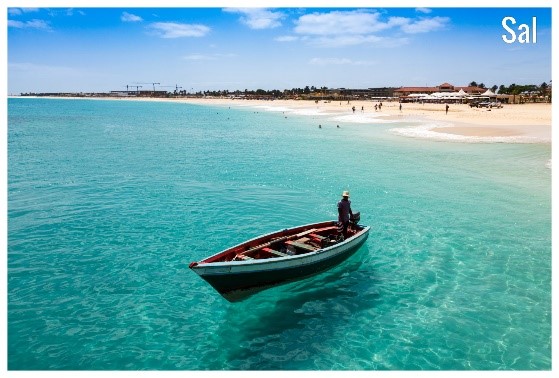 Cape Verde
Cape Verde